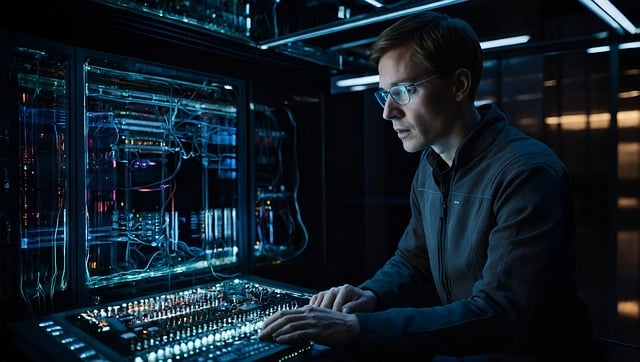Artificial Intelligence (AI) has become a driving force in reshaping traditional practices across various industries, and the realm of art and design is no exception. As AI technologies continue to evolve, they are pushing the boundaries of creativity, enabling artists and designers to explore new avenues of expression and innovation. In this blog post, we’ll delve into the fascinating intersection of AI and creativity, examining how these technologies are transforming the landscape of art and design.
The Rise of AI in Art and Design:
Over the past decade, we’ve witnessed a surge in the integration of AI into the creative process. From algorithmic art to generative design, AI-driven tools are empowering artists and designers to break free from conventional constraints and explore new possibilities.
Algorithmic Art:
Algorithmic art harnesses the power of AI algorithms to create mesmerizing artworks based on predefined rules and parameters. Artists can manipulate algorithms to generate intricate patterns, shapes, and compositions, resulting in visually stunning pieces that challenge our perceptions of art.
Generative Design:
Generative design, powered by AI, revolutionizes the traditional design process by exploring countless iterations based on input criteria. Designers can leverage evolutionary algorithms and machine learning to optimize designs for various parameters, such as strength, weight, and cost, leading to more efficient and innovative solutions.
Neural Style Transfer:
Neural style transfer is another exciting application of AI in art, allowing artists to merge the content of one image with the style of another. By leveraging neural networks, artists can create unique compositions inspired by famous artworks or artistic styles, resulting in visually striking and thought-provoking creations.
- The Impact of AI on Employment: Automation, Jobs, and the Future of Work
- Harnessing AI for Cybersecurity: Protecting Systems in the Digital Era
Augmented Creativity:
Contrary to the fear that AI might replace human creativity, many experts argue that it serves as a catalyst for innovation and expression. AI-powered tools augment human creativity by offering novel insights, suggesting alternative approaches, and facilitating rapid prototyping, empowering artists and designers to unleash their full creative potential.
Ethical and Social Implications:
While the integration of AI in art and design offers exciting opportunities for innovation, it also raises important ethical and social considerations. Issues such as intellectual property rights, bias in algorithmic outputs, and the socio-economic impact of automation need to be addressed to ensure a fair and inclusive future for the creative industry.
Conclusion:
Artificial Intelligence is revolutionizing art and design, pushing the boundaries of creativity and enabling artists and designers to explore new frontiers. From algorithmic art to generative design, AI-driven tools are transforming the creative process, enhancing human expression, and fostering innovation. However, it’s crucial to address ethical, social, and economic implications to ensure that AI-powered creativity remains ethical, inclusive, and sustainable in the years to come.






